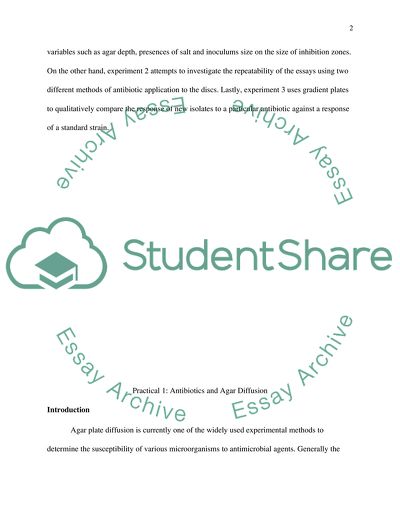Cite this document
(Antibiotics and Agar Diffusion Coursework Example | Topics and Well Written Essays - 1500 words - 2, n.d.)
Antibiotics and Agar Diffusion Coursework Example | Topics and Well Written Essays - 1500 words - 2. https://studentshare.org/biology/1786037-microbial-physiology-and-culture-practical-1-antibiotics-and-agar-diffusion
Antibiotics and Agar Diffusion Coursework Example | Topics and Well Written Essays - 1500 words - 2. https://studentshare.org/biology/1786037-microbial-physiology-and-culture-practical-1-antibiotics-and-agar-diffusion
(Antibiotics and Agar Diffusion Coursework Example | Topics and Well Written Essays - 1500 Words - 2)
Antibiotics and Agar Diffusion Coursework Example | Topics and Well Written Essays - 1500 Words - 2. https://studentshare.org/biology/1786037-microbial-physiology-and-culture-practical-1-antibiotics-and-agar-diffusion.
Antibiotics and Agar Diffusion Coursework Example | Topics and Well Written Essays - 1500 Words - 2. https://studentshare.org/biology/1786037-microbial-physiology-and-culture-practical-1-antibiotics-and-agar-diffusion.
“Antibiotics and Agar Diffusion Coursework Example | Topics and Well Written Essays - 1500 Words - 2”. https://studentshare.org/biology/1786037-microbial-physiology-and-culture-practical-1-antibiotics-and-agar-diffusion.


